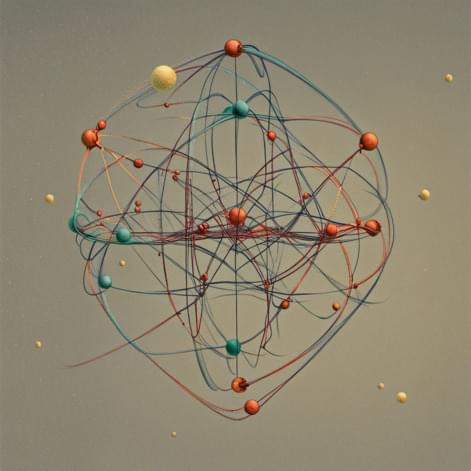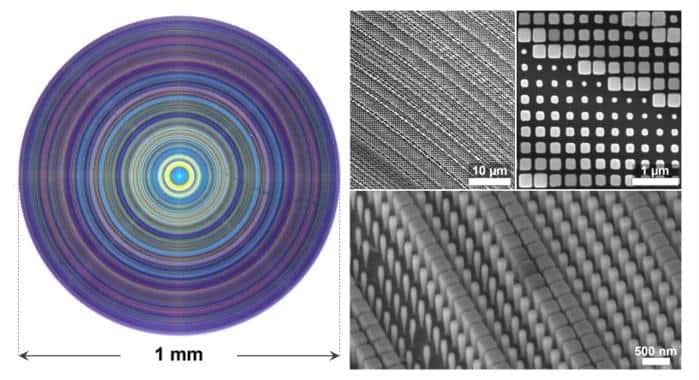Living without gravity spells disaster for the human body. Even a few weeks in microgravity can lead to issues with circulation and vision; over the longer term, the complications compound even further. The heart begins to degenerate and atrophy. Bones turn thin and brittle.
But what about Martian gravity, which is around 0.38 that of Earth? Or somewhere in-between — 0.16 G on the moon, or 0.91 on Venus? How do these gravity levels affect the body, plants and other organisms, even manufacturing processes? We have astonishingly few answers to these questions.
gravityLab wants to find some. The company is developing a spinning spacecraft that will be able to generate what co-founder and CEO Grant Bonin calls “programmable gravity.” The spacecraft will be equipped with a motorized boom that can extend and retract a counterweight. By dynamically varying the length of the boom and the rotation rate, the company says it will be able to control the acceleration of gravity inside the spacecraft.







